肖耿:中国如何能为改革后的国际货币架构做出贡献
2018-09-11 00:00:00
Enhanced Special Drawing Rights: How China Could Contribute to a Reformed International Monetary Architecture
增强的特别提款权:中国如何能为改革后的国际
货币架构做出贡献
Since the end of the Bretton Woods era, the world has operated on a de facto system of free-floating exchange rates, with the US dollar as the dominant international currency. The system, characterized by large pro-cyclical capital flows and chronic imbalances, is inherently unstable, and has contributed to repeated crises, recessions and geopolitical tensions. One potentially “least-difficult” line of reform would be to allow the evolution of a multi-currency system, underpinned by an expanded role for Special Drawing Rights (SDRs). Attempts to promote wider use of the SDR have foundered on the liquidity premium. However, for Chinese corporations and institutions, at present restricted in their capital account activities, the SDR liquidity premium would appear less daunting. The Chinese authorities could provide policy encouragement for the use of SDRs by their institutions. This initiative, supported by China’s Special Administrative Region Hong Kong, would kick-start an international SDR ecosystem, and encourage even broader use of SDRs, to the benefit of international monetary stability.
自布雷顿森林时代结束以来,世界已经在事实上的自由浮动汇率制度下运作,美元是主要的国际货币。该系统存在大规模的顺周期资本流动和长期失衡,其本质上是不稳定的,并导致了反复的危机、经济衰退和地缘政治紧张局势。一个潜在的“最小难度”的改革路线将是允许多货币体系的演变,并以特别提款权(SDR)的扩大效用为基础。促进更广泛使用特别提款权的尝试已经在流动性溢价上失败。然而,对于中国企业和机构而言,目前限制其资本账户活动,特别提款权流动性溢价似乎不那么令人生畏。中国当局可以为其机构使用特别提款权提供政策鼓励。这项由中国香港特别行政区支持的倡议将启动一个国际特别提款权生态系统,并鼓励更广泛地利用特别提款权,以利于国际货币稳定。
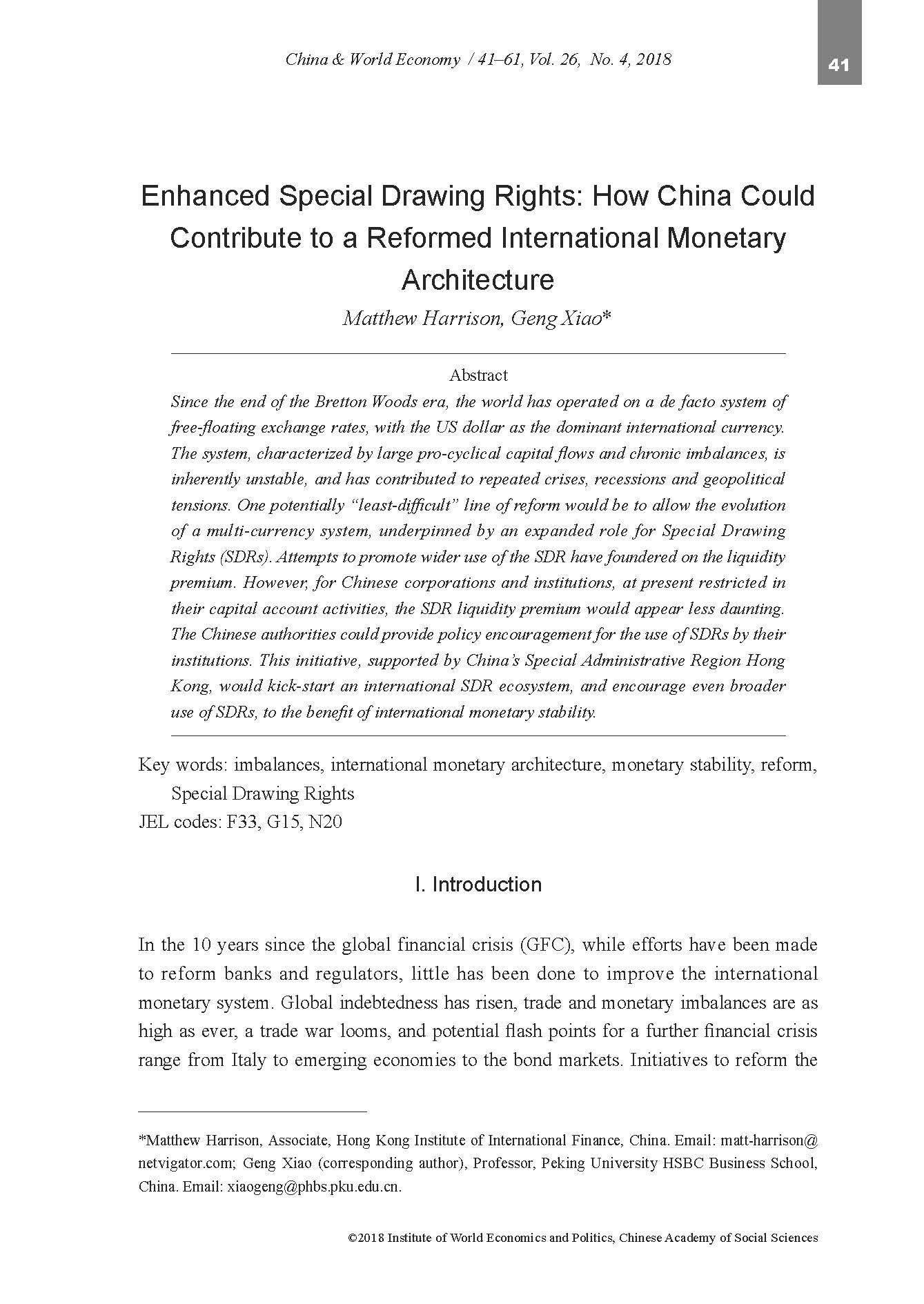
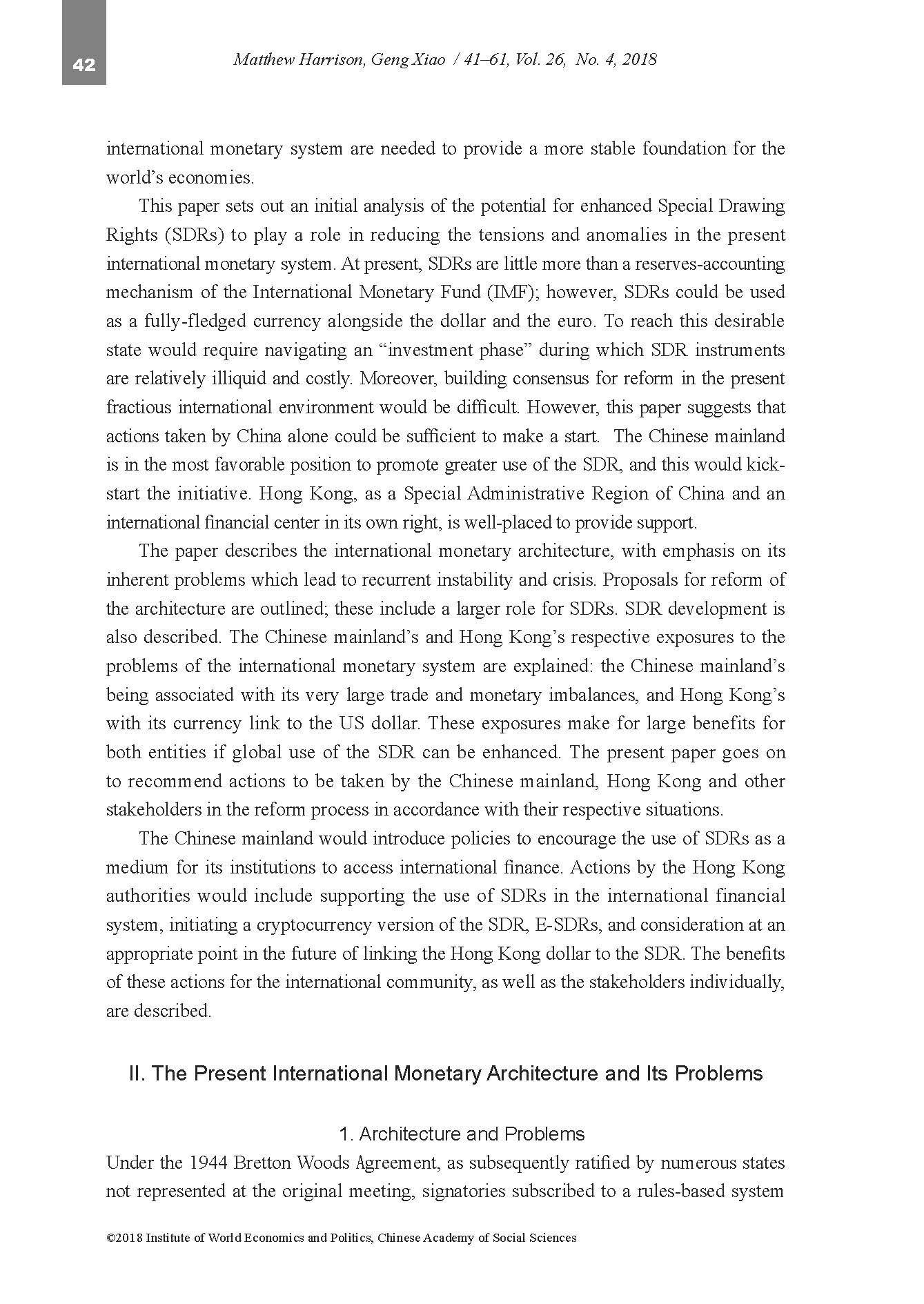
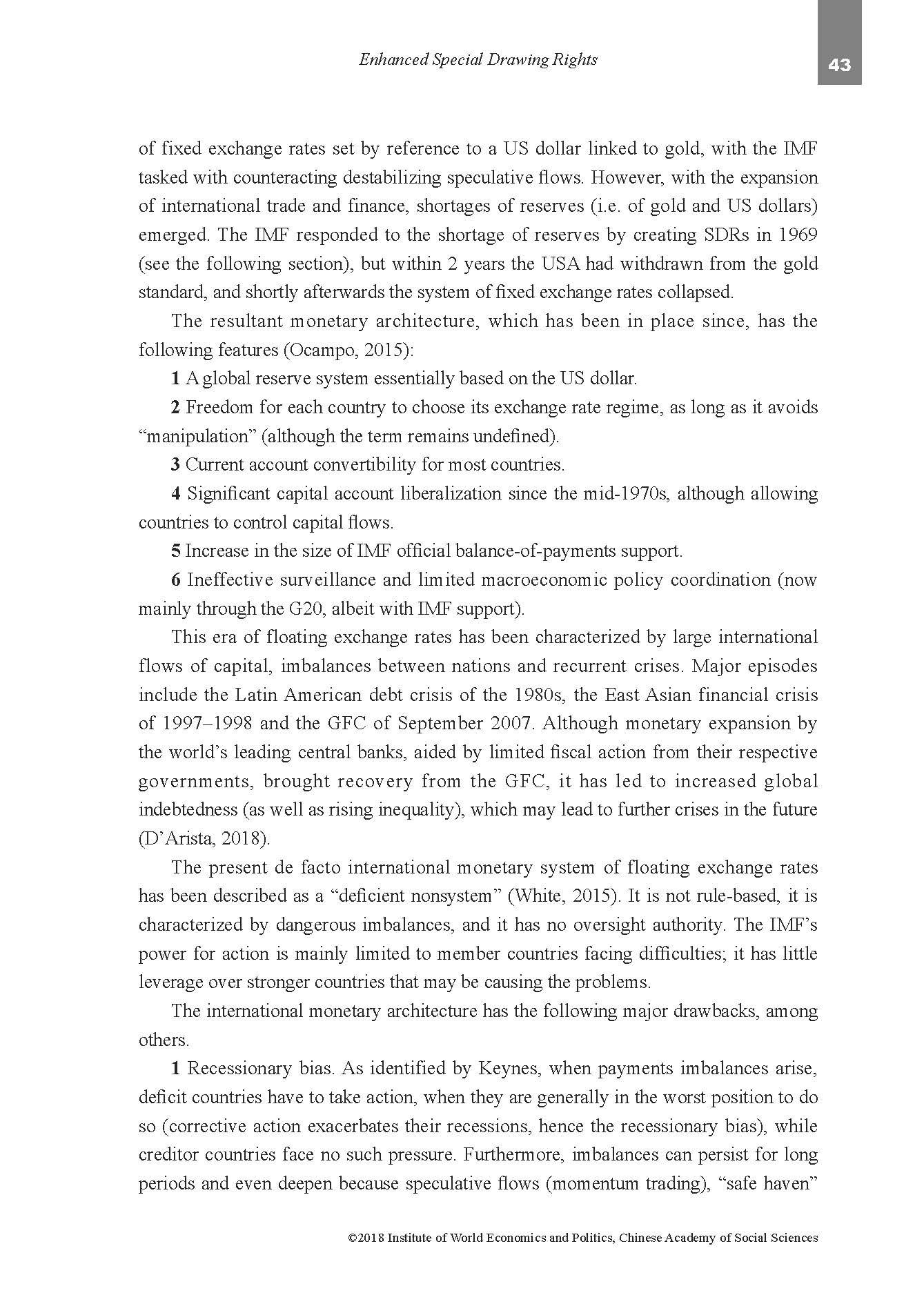
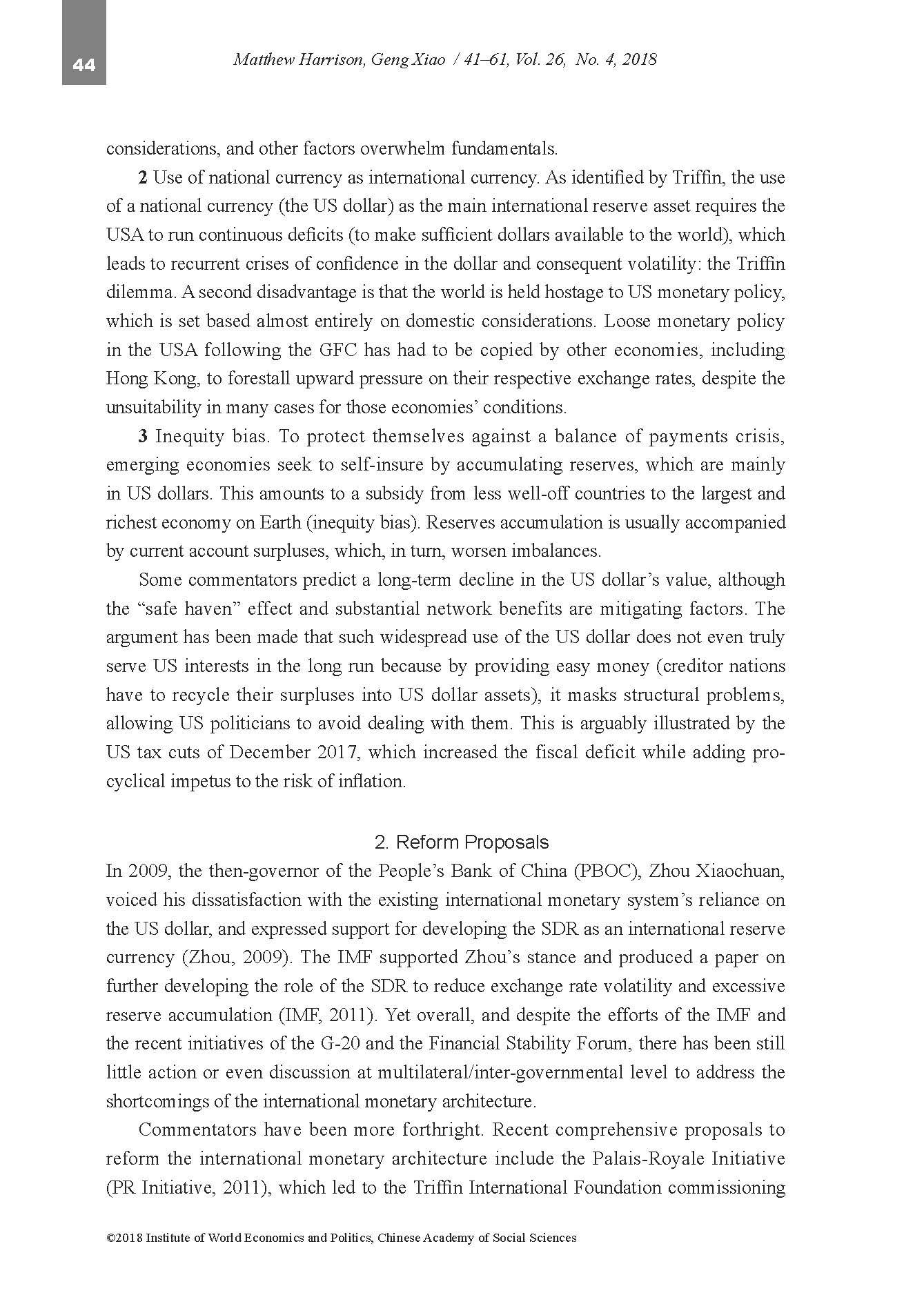
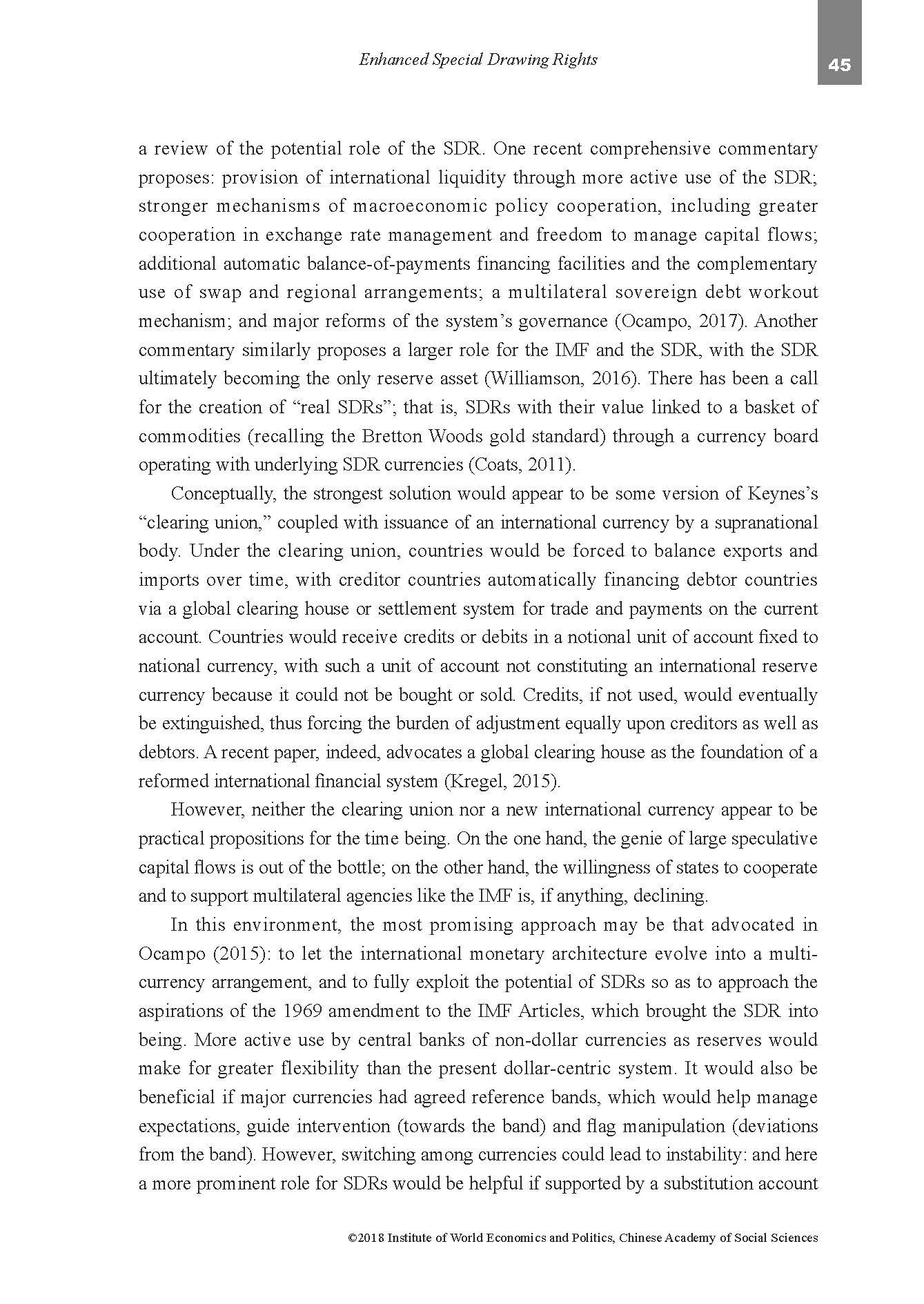
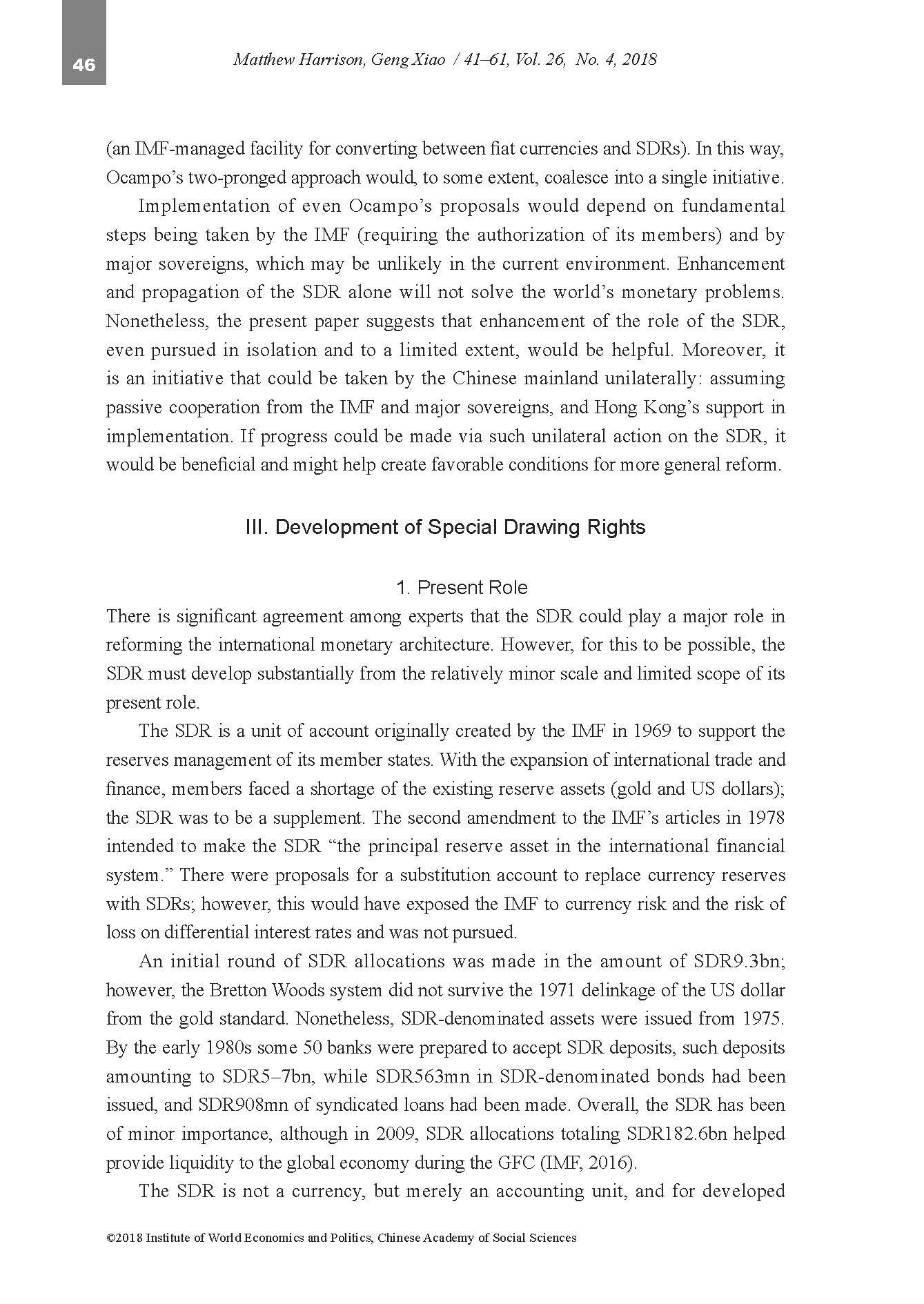
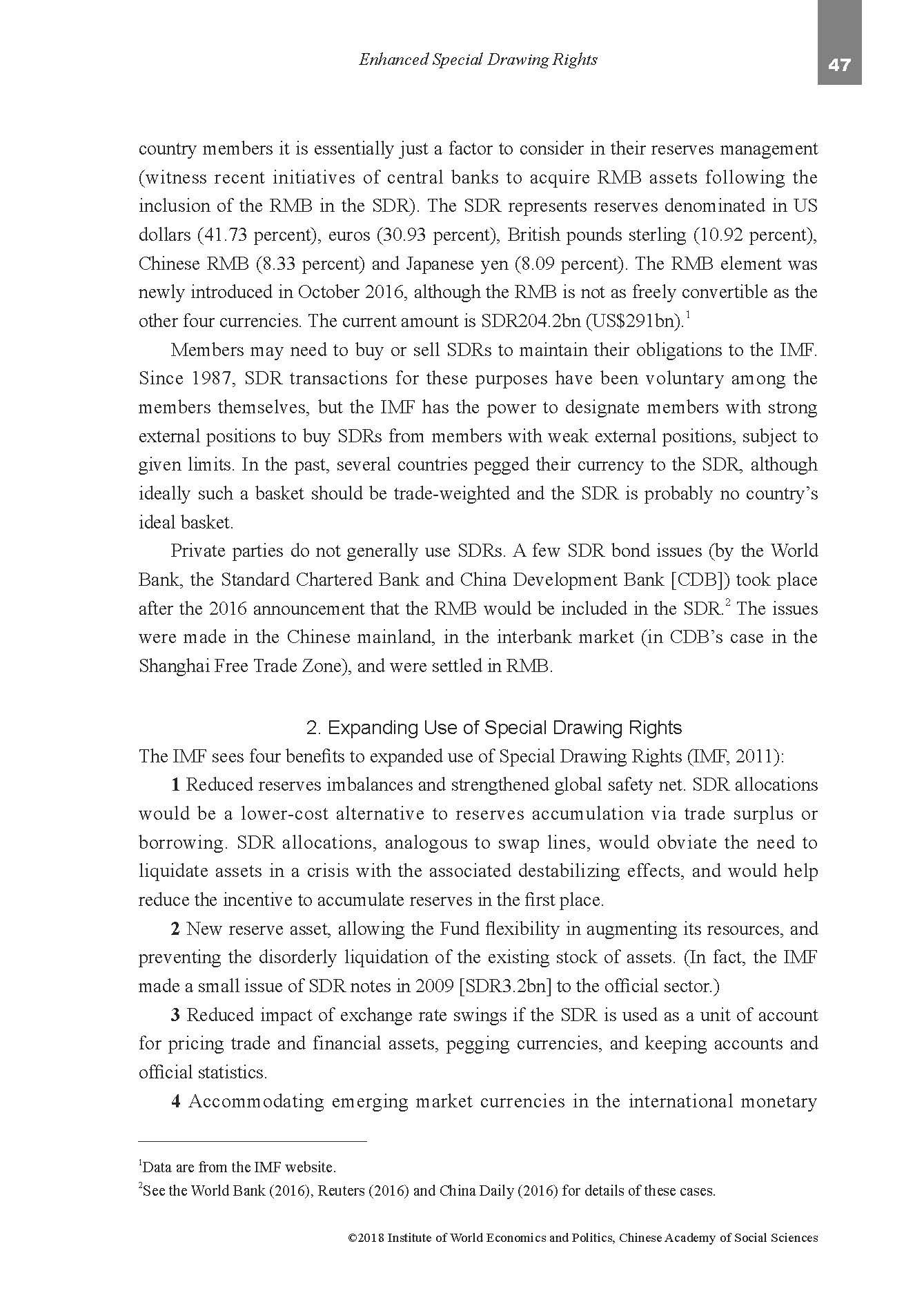


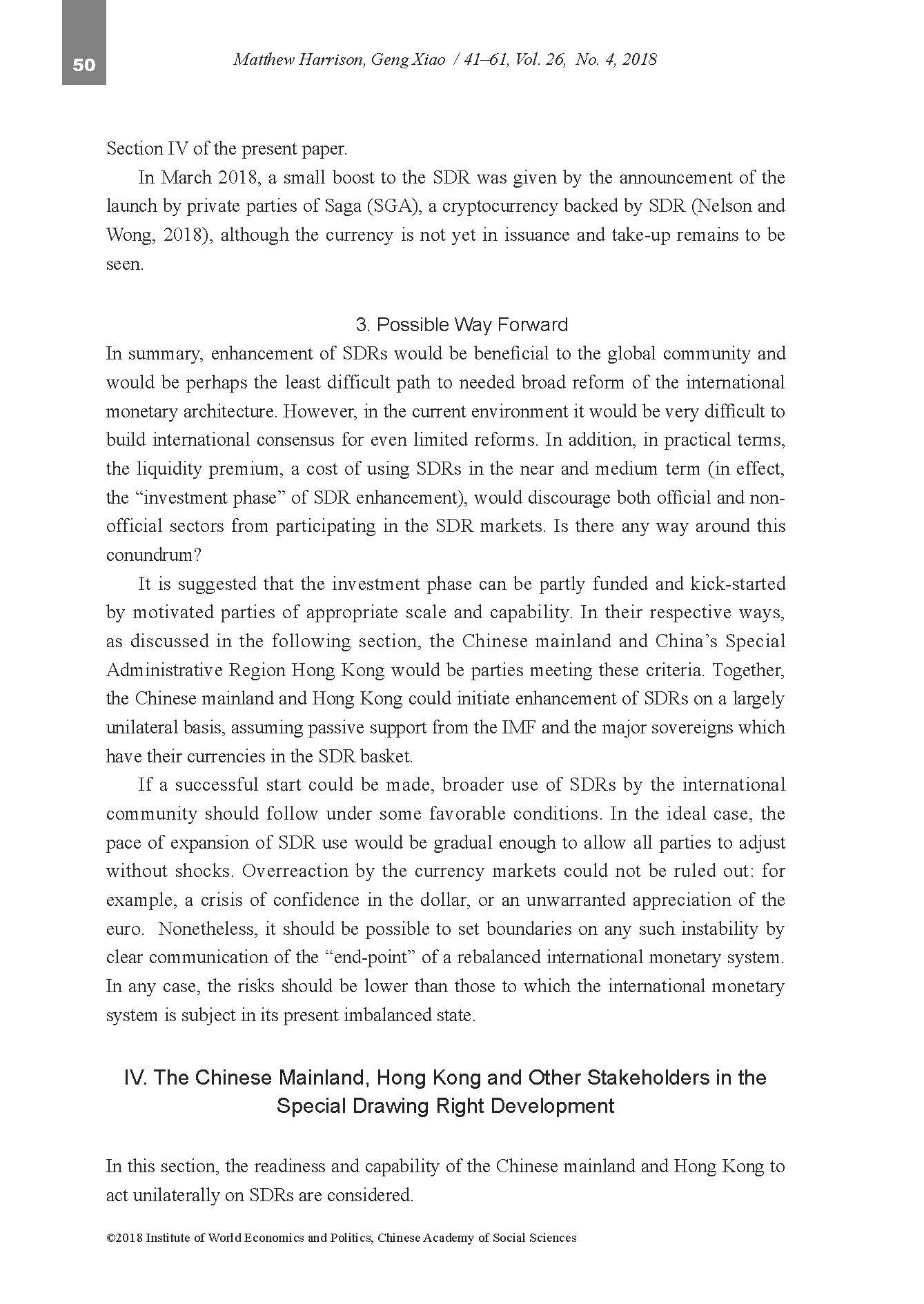
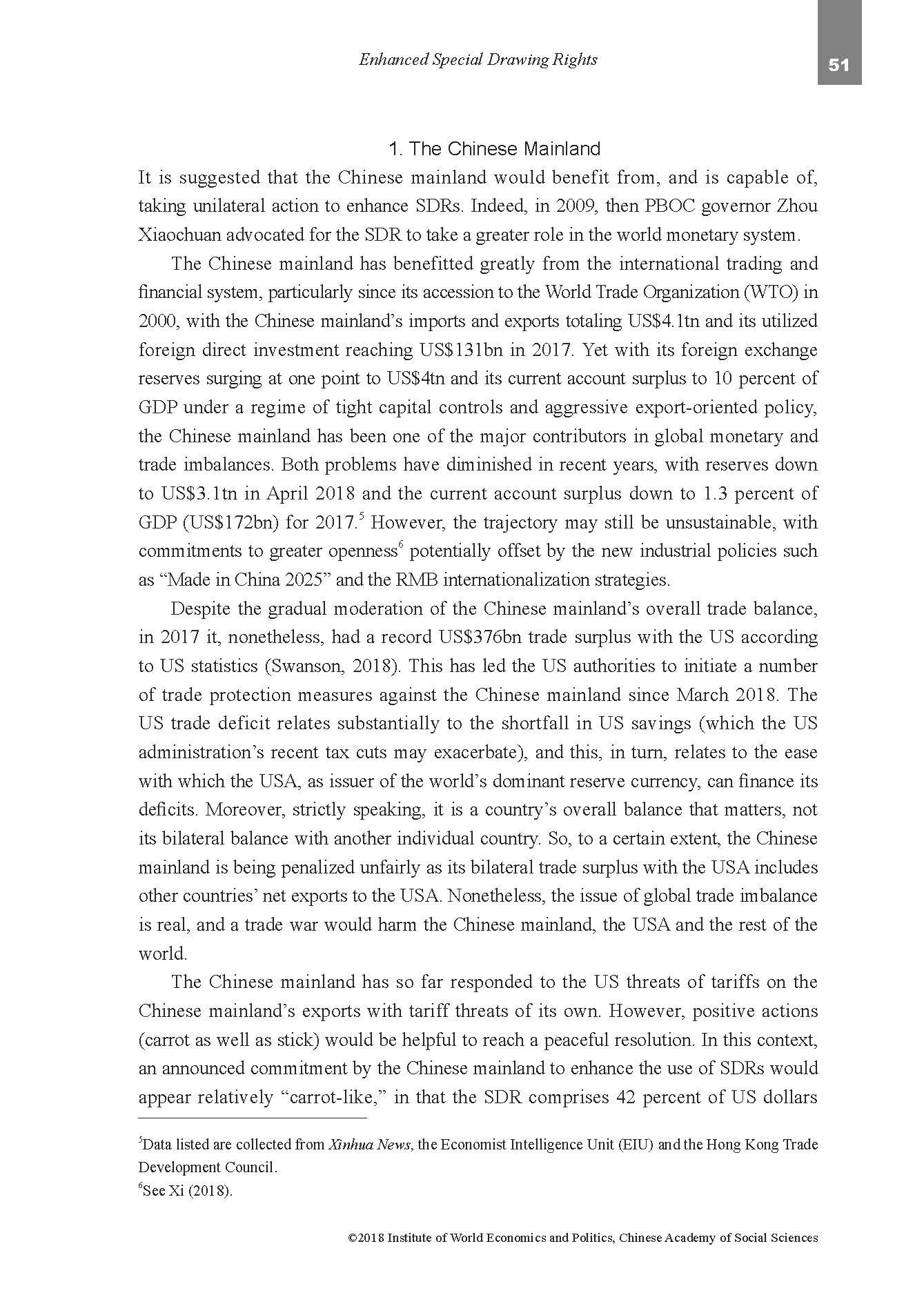
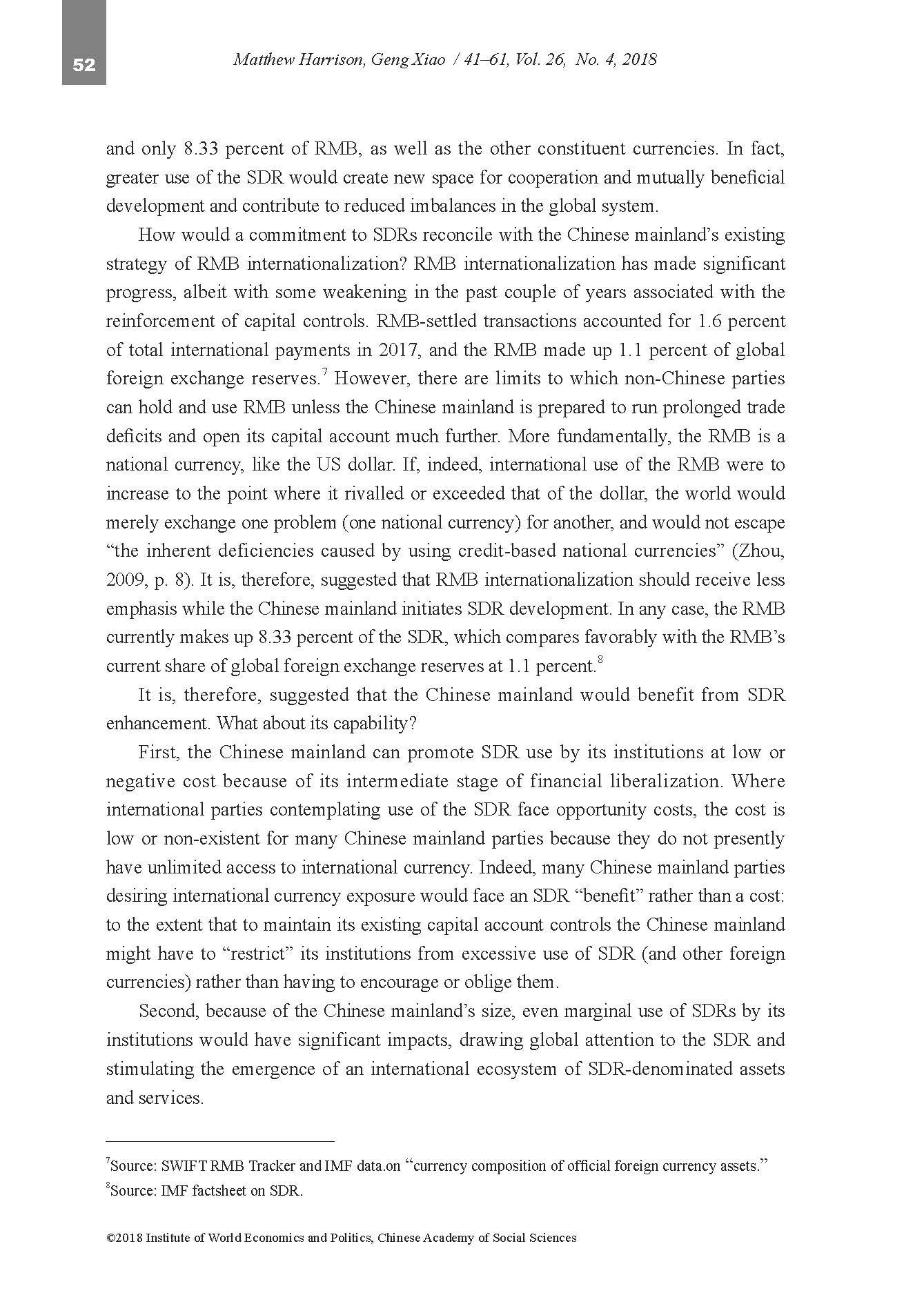
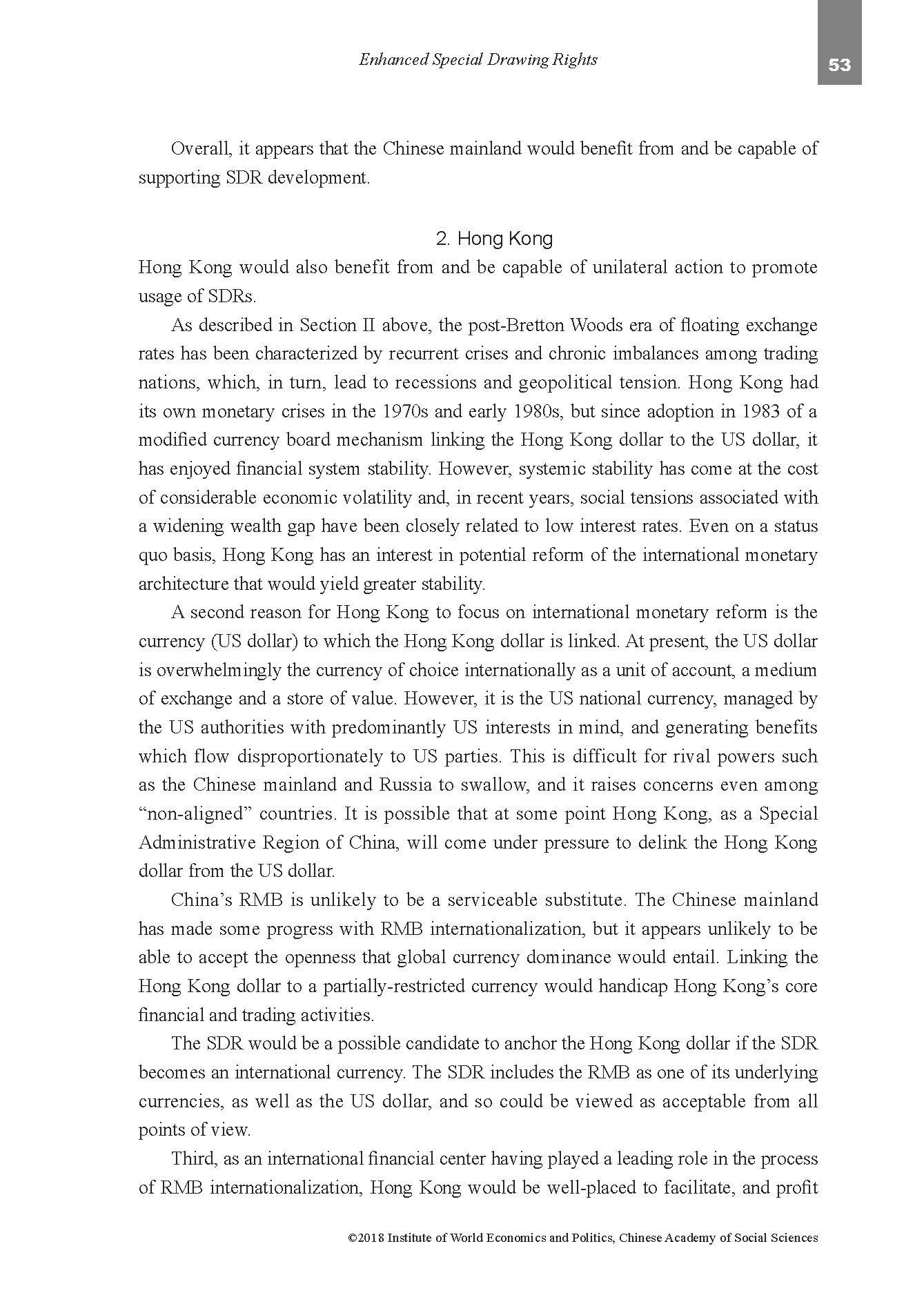
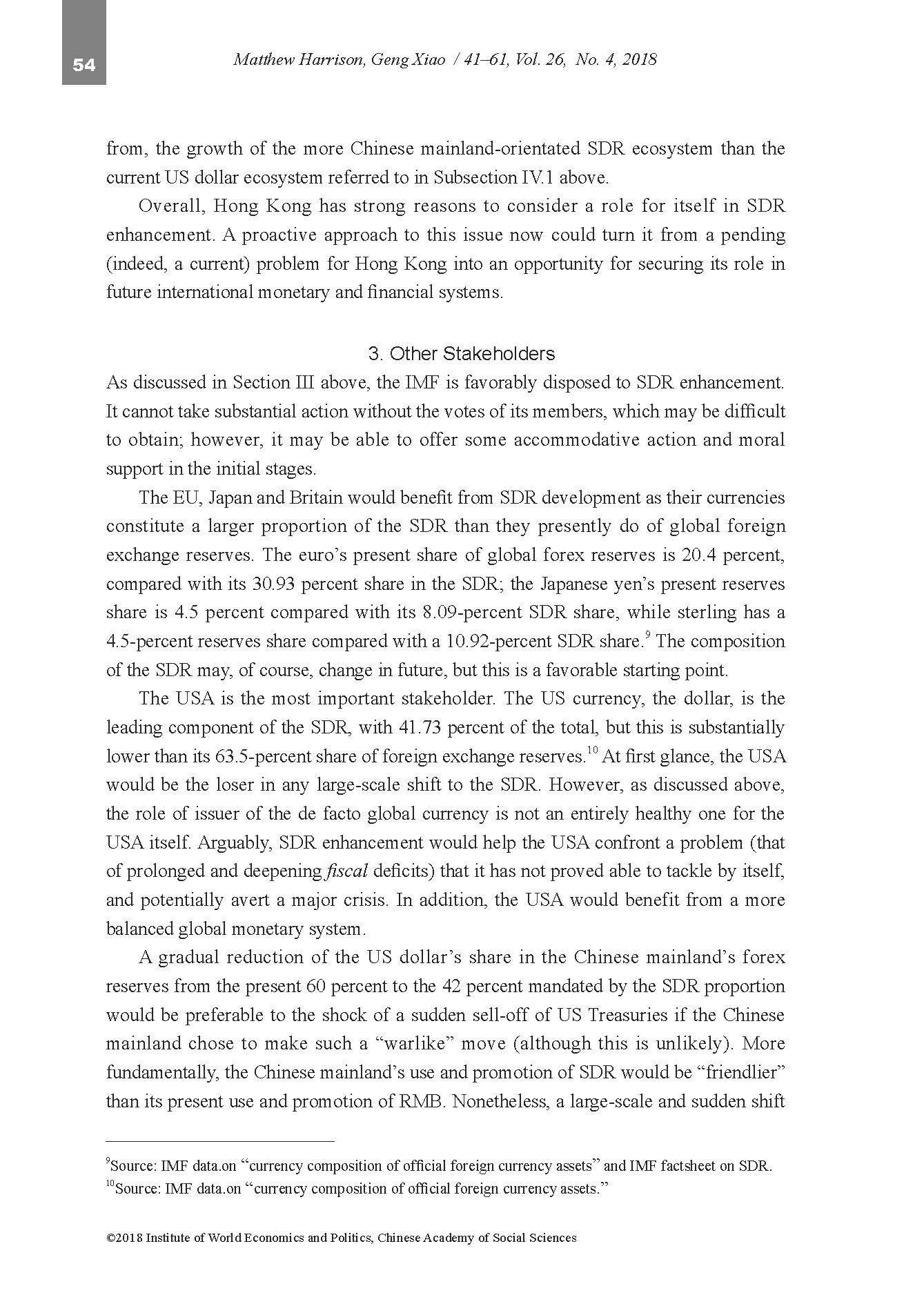
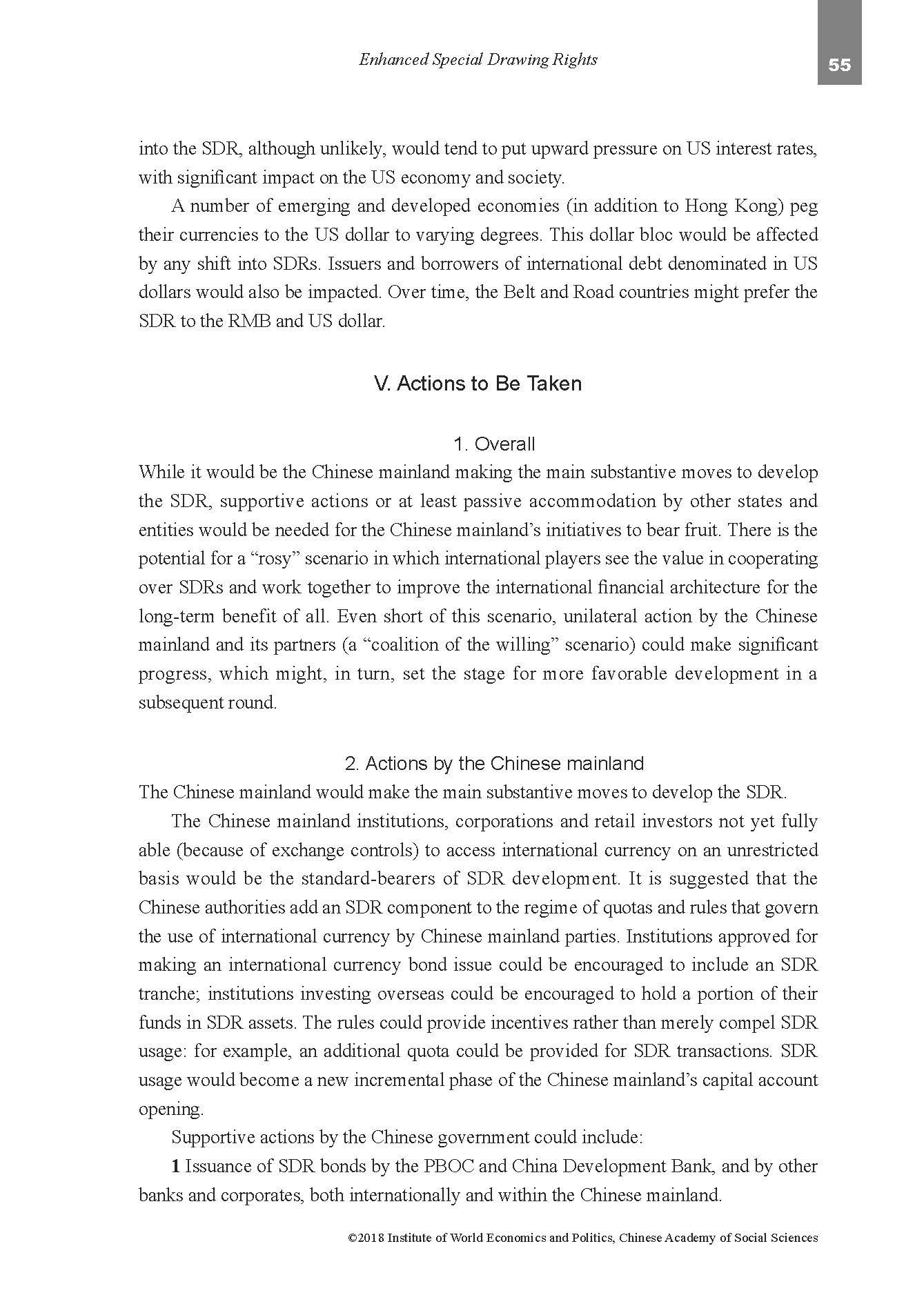
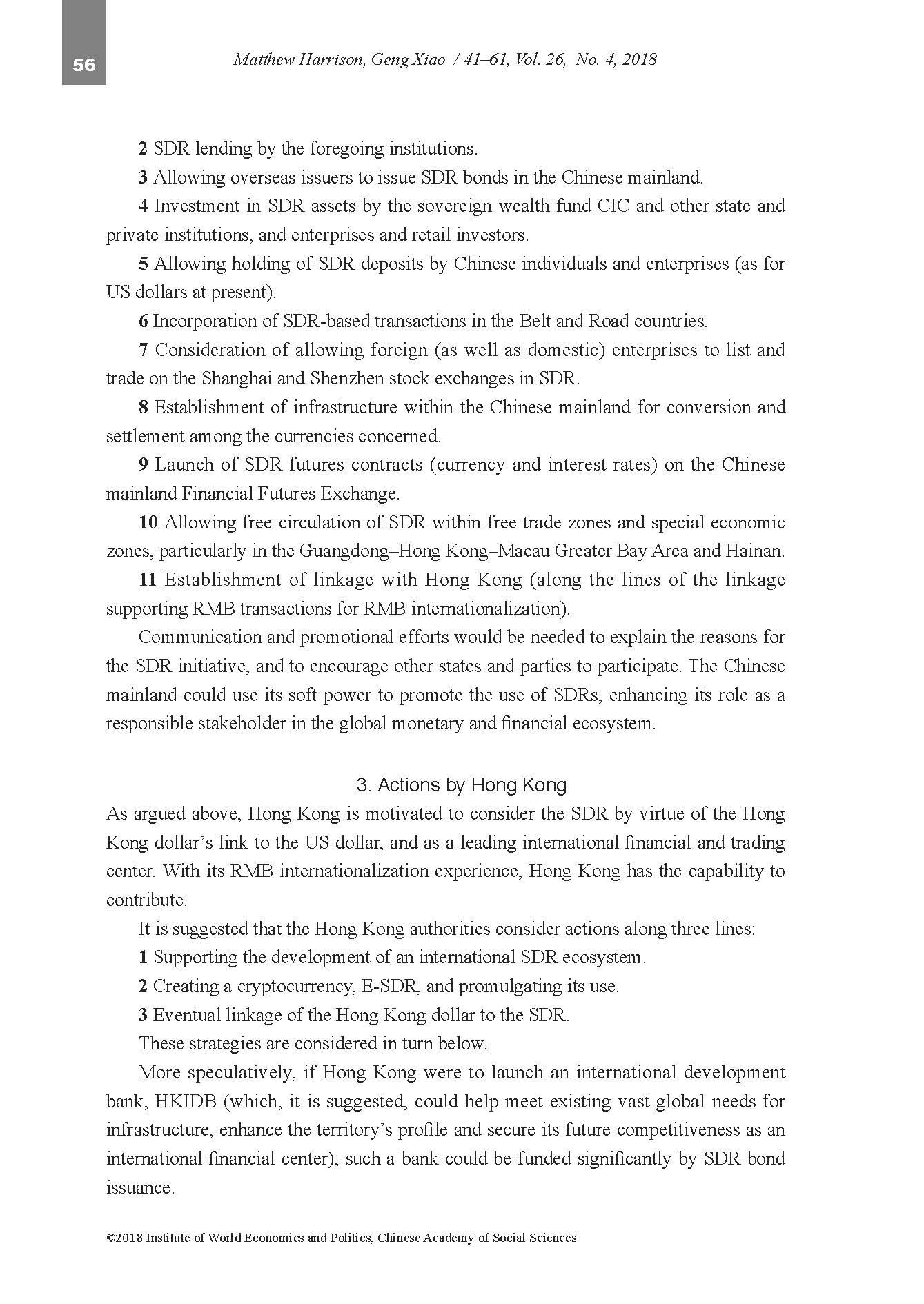
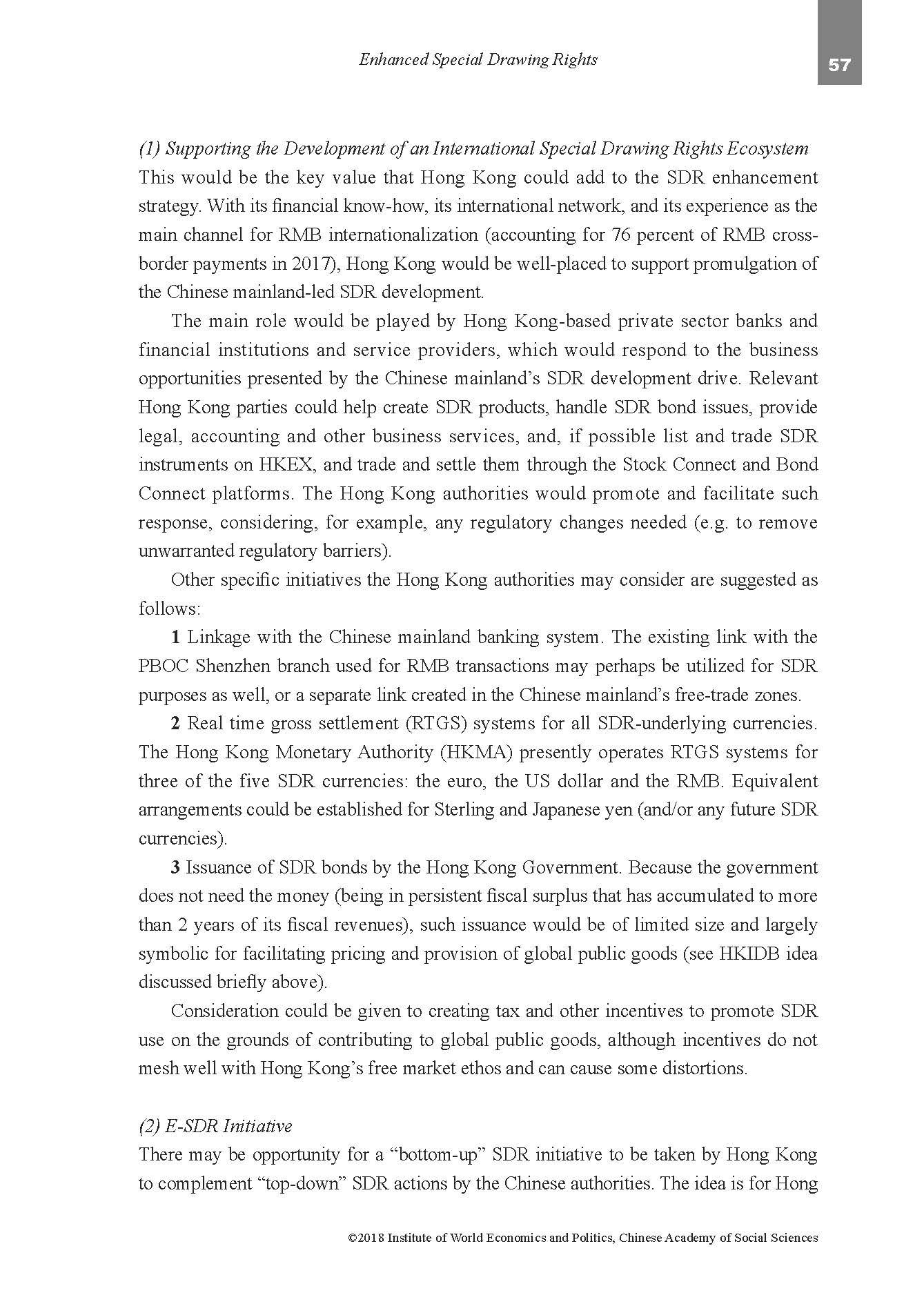
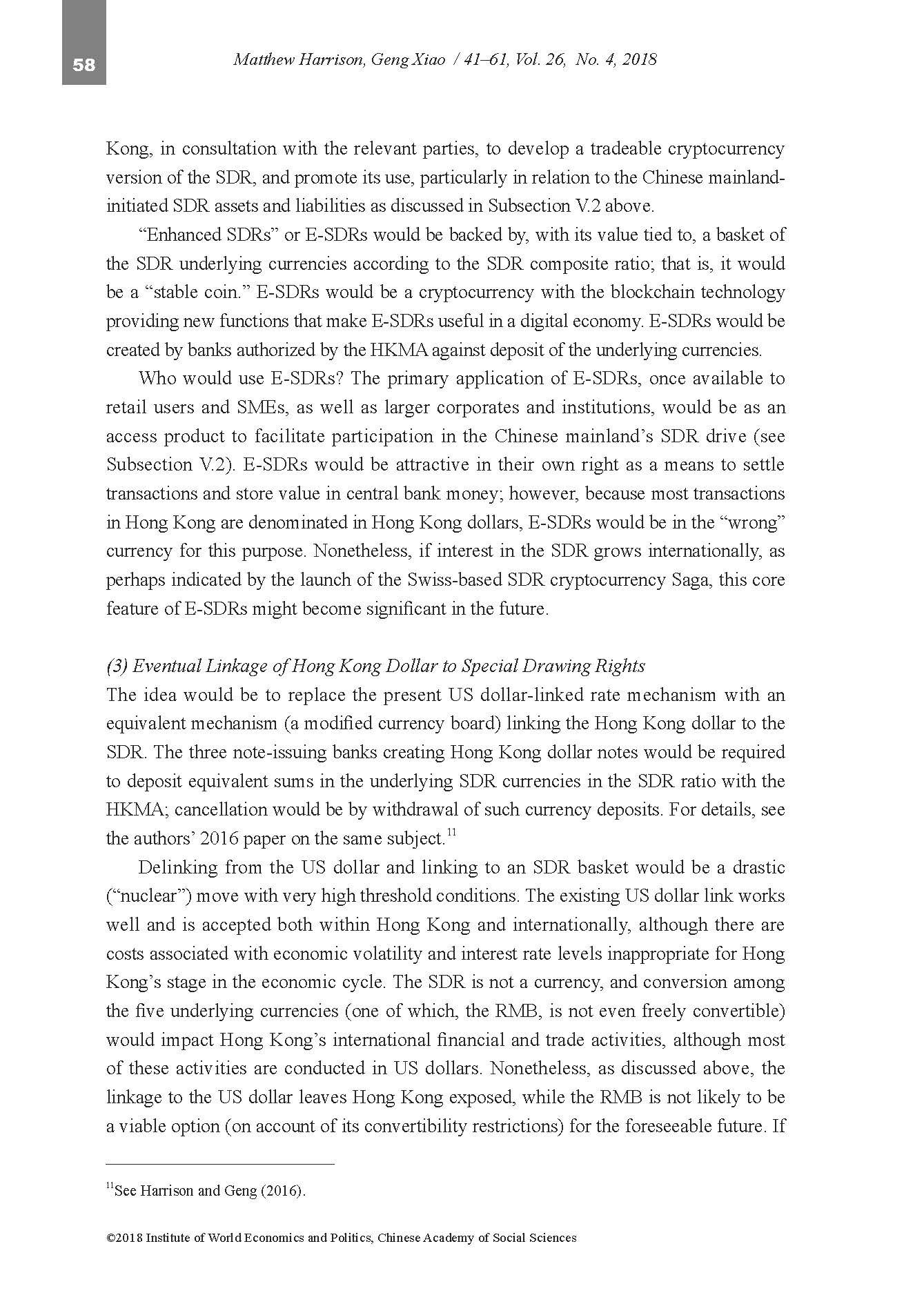
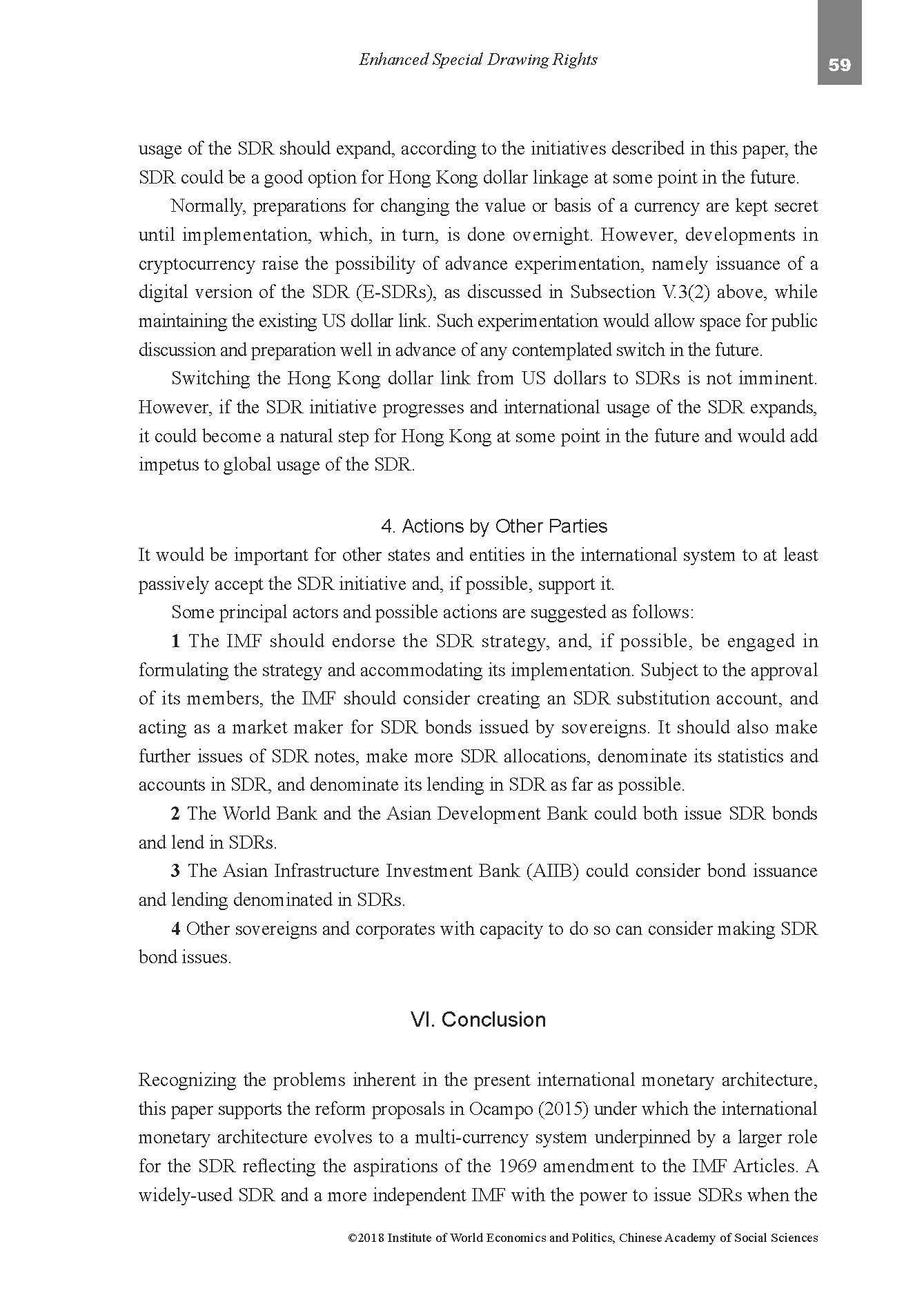


查看全文:
https://statics.phbs.pku.edu.cn/uploadfile/2018/0912/20180912075700721.pdf
编辑:曹明明(caomm@phbs.pku.edu.cn)









